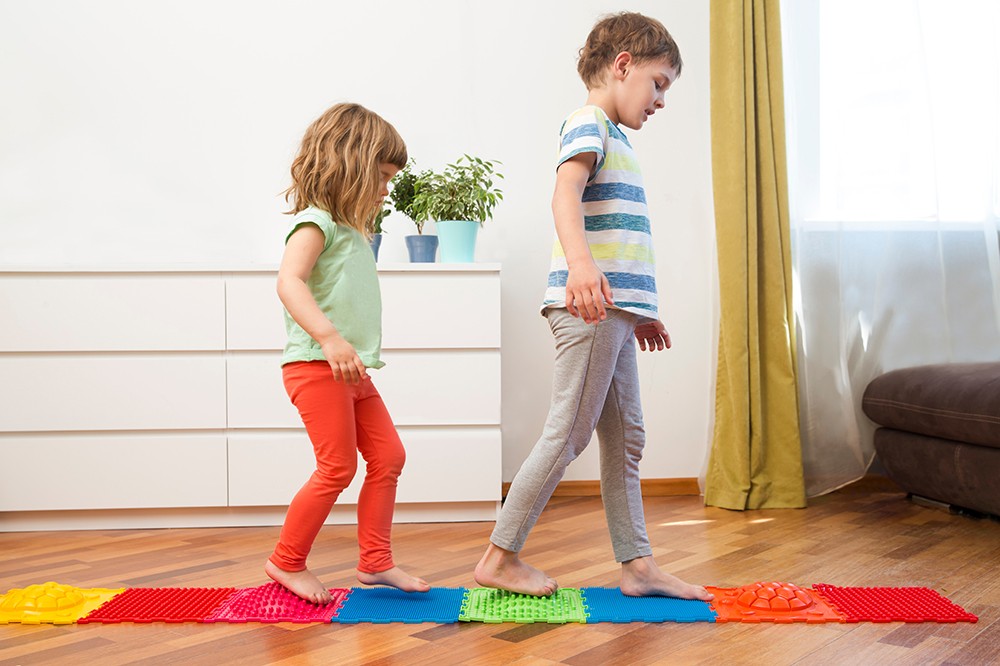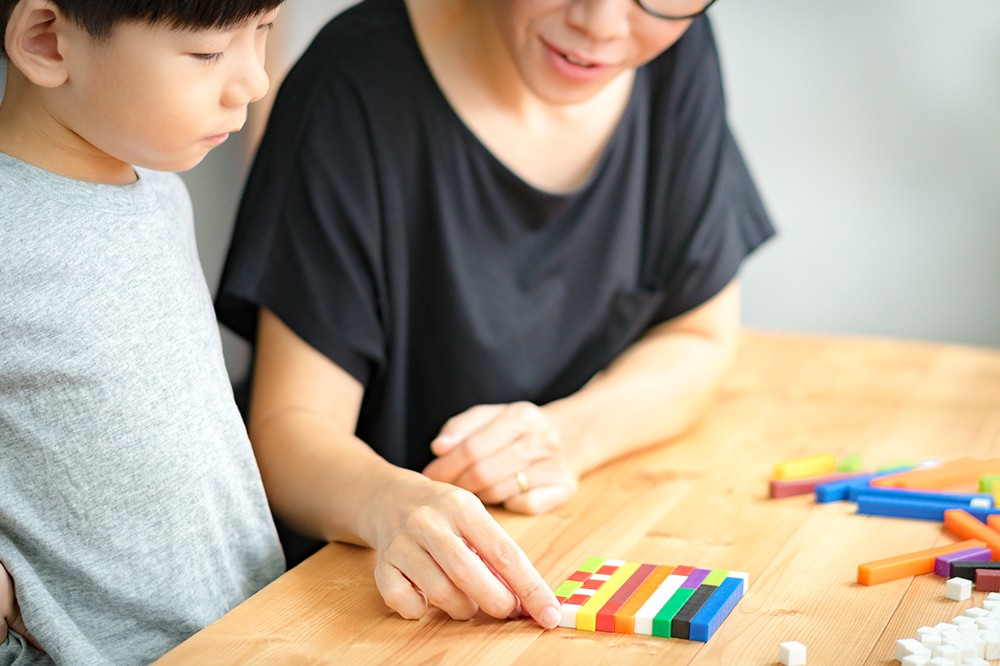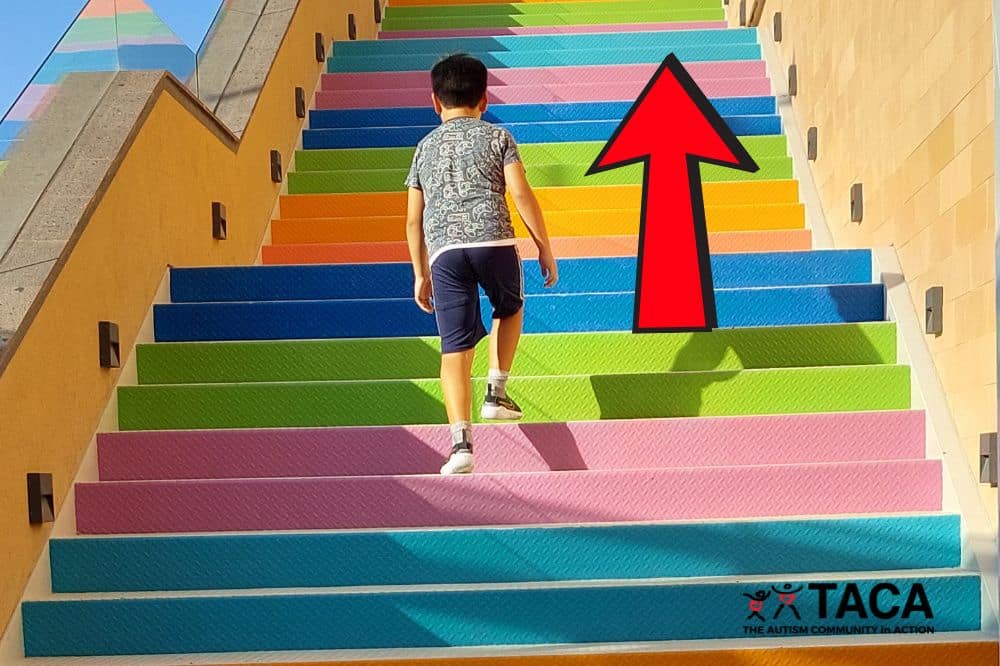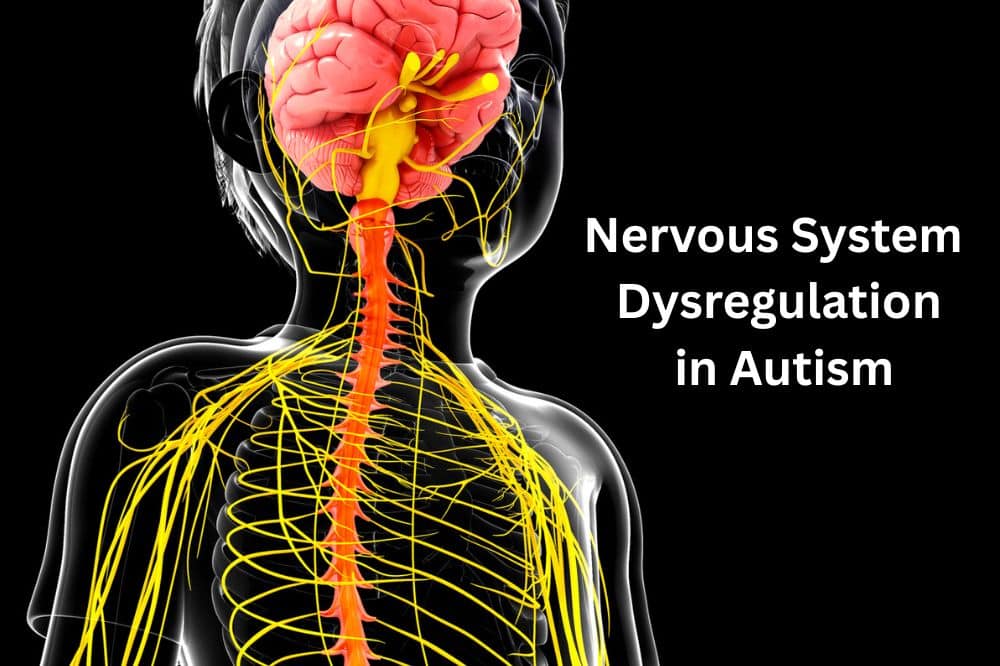In-Home Therapy Programs

All contents of this resource were created for informational purposes only and are not intended to be a substitute for professional advice, diagnosis, or treatment. Always seek the advice of your physician, therapist, or other qualified health providers with any questions or concerns you may have.
Sometimes children receive therapies in their home environment instead of a therapy center, office, or school. Interventions that occur in this type of setting are called “in-home” therapy programs. In this article, we will discuss what an in-home therapy program is and how to start one for your child.
Why Choose an In-Home Therapy Program?

Families choose to do in-home therapy programs for many reasons. When determining if an in-home program will be a good fit, consider the unique needs of your child and your family. For example, take into account things such as:
- What local services are or aren’t available?
- Are multiple, weekly therapy appointments difficult to logistically manage?
- Is there a long wait-list for services in your area?
- Does your child do better when at home?
- Is there a limit to the number of therapy sessions your insurance will cover?
- Can you reduce costs associated with insurance co-pays or cash only therapies?
- Are there safety concerns regarding your child at a therapy center?
- Will an in-home therapy program meet your state’s homeschooling requirements?
Also, it may help to know that in-home therapy programs can be organized and ran in a number of different ways.
- Parents can undergo training to implement the in-home program themselves or hire and train an outside caregiver. Ideas for hiring someone outside the home include:
- College student- especially those majoring in education, special education, or therapist pre-professional programs
- Stay-at-home parent with school aged children
- Retired teacher or therapist
- Some therapists will come into your home instead of their office or therapy center.
- If you decide to go this route, be sure to check with your insurance company about benefits or discuss cash pay options with the therapist.
- If you cannot find a therapist locally, consider tele-therapy or webinar trainings.
Most importantly, don’t forget to take safety precautions when bringing in therapists or other trained persons into your home. You can read more about Risk Reduction Strategies for Physical and Sexual Abuse.
What Kind of Therapies Can I Do In-Home?

With a professionally designed treatment plan and training, you can implement a home therapy program with many types of therapies:
- Occupational therapy
- Speech therapy
- Physical therapy
- Behavior therapy
- Applied Behavior Analysis (ABA)
- Floortime/DIR
- Relationship Development Intervention (RDI)
- Primitive Reflex Integration
- Sensory Integration
To learn more about each of these therapies, please read TACA’s article on Therapeutic Interventions.
How Do I Start an In-Home Therapy Program?

First, take your child in for an independent assessment to determine what therapies they will benefit from. Then, call or meet with therapy providers in your area to to figure out if they will be a good fit for supporting your child.
- Work with your chosen providers to:
- Perform an initial assessment on your child.
- Develop an individualized home-based program.
- Obtain professional training on how to implement the treatment plan.
- Establish expectations for communication between parent and professional.
- Establish a schedule for progress monitoring and re-assessment.
How to Do I Ensure My Child’s Program will be Successful?

If you decide to implement an in-home therapy program, there are important steps you can take to maximize the benefits your child receives from their treatment plan. First, conduct the proper assessments. Second, work with professionals to create a treatment plan. Third, be trained on how to implement the therapy plan. Last but not least, be sure to monitor progress and update the program utilizing professional support as needed.
Conclusion
As you can see, in-home therapy programs offer flexible therapeutic intervention options for many families. With proper planning, training, and follow-through, you can set up a successful program to help your child develop skills that will lead to independence.
Additional Resources:
Videos:
- OT Fun at Home! with Sara Weirich, MS, OTR/L
- Music Therapy with Allison Lockhart, MM, LPMT, MT-BC
- Adaptive Fitness with with Rebecca Camp, Ed.S.




